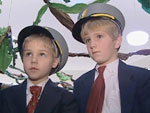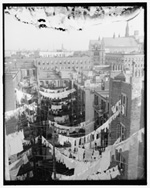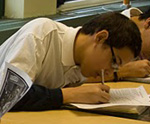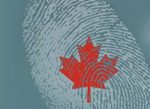Whiteboards and the Youngest Children

This video, from the Auburn Early Education Center, AL, shows examples of using digital tools, such as whiteboards, to encourage very young students to develop their own projects and to weave the use of electronics and the internet in with "real world" classroom activities.








